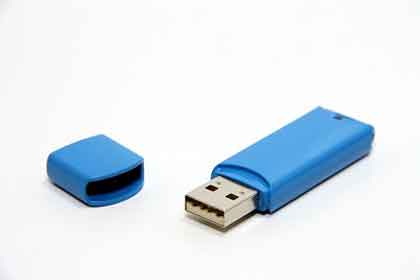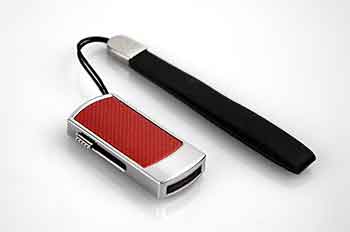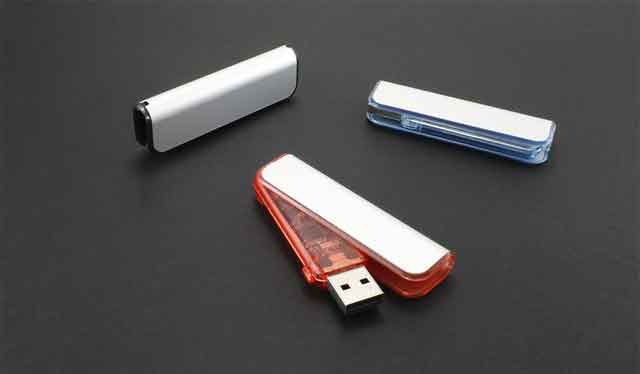There are times when you need to install fresh Linux distro or Windows into your computer system. You could not proceed with this because you have no access to a functional CD or DVD drive. Many netbooks and smaller models of laptops do not have CD drives. What remains as a choice is the use of a USB flash stick or key. In some cases, you have a CD drive but it won’t be able to read your set up disc. In such a dilemma, you have a rescuer in the form of a bootable USB drive.
Most laptops have a USB port. The USB device is very affordable and you can choose one with larger storage capacity. It is very portable and easy to carry. With this USB, you can create a bootable drive that can install Windows or Linux into your computer. With this bootable USB device, you can start your system and later run your operating system set up.
A big assistance to computer users is the presence of many free tools that can help you create a bootable USB system. You can choose and download your chosen free tool. Three favorites from the myriad of choices are UNetbootin, Rufus and YUMI.

Create bootable USB drive with “UNetbootin”
One free tool to create a bootable USB drive is the “UNetbootin”. Many consider this tool as the most popular of the many bootable USB making tools. The purpose of this is to create a bootable Live USB for Fedora, Ubuntu and other Linux products. With this tool, you would not need to burn a CD. You will only be using a bootable USB which can run on Windows and Linux operating systems. Just like any other tool, you are prompted by a Menu. This way, you do not err in completing the process.
This program will provide you with a choice. Do you prefer to download the bootable image from the World Wide Web? Or do you opt for using the ISO image? You are also made to choose if you want to install or add the booting to your USB device or to your hard disk. If you select hard drive, the images are copied in your hard drive. Choosing the USB device, you will have the ISO images stored in your USB stick.
Create bootable USB drive with “Rufus”
Another popular tool to create your bootable USB is through a small compact and portable tool called “Rufus”. This tool will permit you to format then create a bootable USB device that can be used for Windows and Linux operating systems. Many computer fanatics have preference for this tool because of its interface. It is user friendly as its interface look similar to the Windows default format. What is shown on the screen is similar to Windows screen when you are trying to format the partition of your hard disk or the USB drive. What is more fantastic with “Rufus” is that it is twice faster than “UNetbootin”. Furthermore, it is more marginally quicker in creating the Linux USB from ISO.

Create bootable USB drive with “YUMI”
YUMI is the acronym for “Your Universal Multiboot Installer”. This is one of the favorite bootable USB creator. The reason for making this tool very popular is its capability to produce a multi-boot USB. Because of this feature, you are permitted to boot into the many different operating systems and tools. This becomes even more useful if you have purchased a bootable USB pen drive that has a larger storage capacity. Another plus factor for YUMI is that it is very easy to use. You will just choose the letter of the thumb drive you want to use. Then, you will need to install a selected distribution. Then you will just hit “Download ISO”. After the downloading, you can navigate the menu to search for the ISO location in the hard disk. Press “Create” and you already have your bootable USB.
These are just three of the preferred bootable USB creators. There are more to choose from and you can try one that you may fancy. You can choose WBI Creator, Windows 7 USB/DVD Download Tool, Win to Flash, Set Up from USB and many more. All these are free tools to create bootable USB drives.



